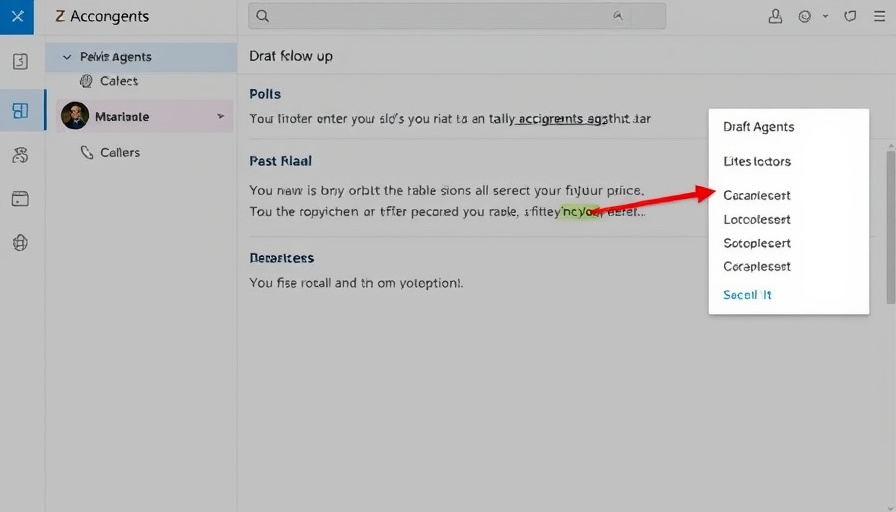![Dropbox Sign (formerly HelloSign) vs. Docusign: Which should you use? [2025]](http://my.funnelpages.com/user-data/gallery/98/68677793a77fd.jpg)
Which eSignature Tool Is Right for You?
In today's fast-paced digital world, the need for efficient document signing solutions has never been greater. Paper signatures are quickly becoming obsolete, giving way to electronic signatures (eSignatures). Among the various platforms available, Dropbox Sign (formerly HelloSign) and Docusign stand out as popular choices. Both tools allow businesses to sign documents online conveniently, but they cater to different needs and preferences. This article explores their distinctive features, benefits, and the scenarios in which each may be the right fit for you.
Understanding the Basics: Dropbox Sign vs. Docusign
When it comes to simple electronic signing, Dropbox Sign proves to be a strong contender. It is designed for small businesses or individuals looking for straightforward solutions without overwhelming features. Users can sign and send documents quickly, making it an excellent choice for those who already leverage Dropbox for their file storage and management needs.
On the other hand, Docusign is much more robust and geared toward teams needing collaboration tools, advanced integrations, and deeper compliance features. With its extensive functionalities, Docusign is ideal for medium to larger businesses that require scalable solutions for extensive agreement management.
The Appeal of User-Friendliness
A significant consideration when selecting between these two platforms is ease of use. Both provide a user-friendly experience, but the simplicity of Dropbox Sign appeals to those not seeking complex functionalities. Its intuitive interface allows users to get started with eSignatures effortlessly.
In contrast, while Docusign's feature set may feel overwhelming at first, it also means that users have access to superior tools for negotiating and tracking contracts. The learning curve may be steeper, but the rewards can be significant for businesses that leverage Docusign's capabilities.
The Cost Factor: Value for Money
Pricing is often a decisive factor for businesses. Dropbox Sign offers a more competitive price point, particularly for basic signing needs. When considering budget constraints, small business owners may find Dropbox Sign to be a more viable option without sacrificing essential functionalities.
Docusign, however, justifies its higher price with advanced features like AI-powered agreement management and extensive integrations within various departments. For teams that need these additional functionalities and support, investing in Docusign can yield dividends in the long term.
Integration Capabilities: Zapier and Beyond
Both platforms allow integration with Zapier, which is beneficial for streamlining workflows. However, Docusign edges ahead by supporting a broader range of native integrations, emphasizing its suitability for larger organizations that require connectivity across various tools and software. This capacity for seamless integration ensures that Docusign can fit effortlessly into existing workflows.
Your Choice: Tailoring Your Needs
Ultimately, the choice between Dropbox Sign and Docusign should align with your specific business needs. If your goal is to implement a simple, cost-effective solution for signing documents without frills, Dropbox Sign is a strong candidate. Conversely, if your organization thrives on collaboration and you require advanced features for agreement management, Docusign could be your go-to solution.
As you weigh your options, consider how each tool aligns with your goals, team dynamics, and budget. The right eSignature platform will not only simplify your tasks but also enhance overall productivity in your workflows.
 Add Row
Add Row  Add
Add 




Write A Comment